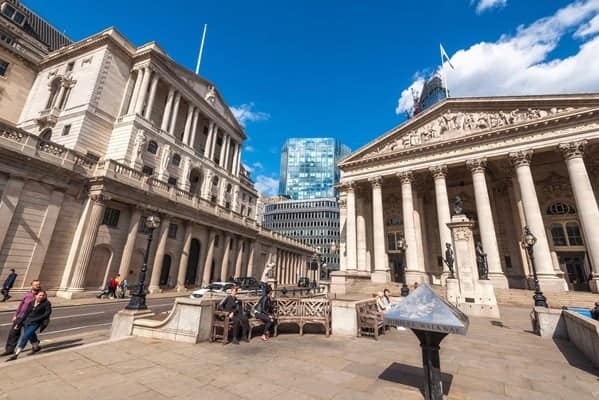The Bank of England has narrowly voted to cut interest rates to 4% — although the 5-4 vote in favour of a cut was closer than expected, this is a sign of the Bank’s prioritisation of combating sluggish growth and rising unemployment over calming inflation.
Despite inflation remaining sticky (3.6% for June), the Bank is clearly less worried about the underlying inflationary pressures than it once was.
Following almost a year of high wage growth we are finally seeing a decline, easing fears of further inflation.
As earnings growth slows and levels out at an acceptable level, we can anticipate at least one additional rate cut this year to bring interest rates down to 3.75%. If inflation cools quicker than expected and economic conditions weaken further, we could see two more cuts in an attempt to spark life into the flailing UK economy.
Rising unemployment, slower wage growth, and fewer job vacancies have increased pressure on the Bank to support demand through lower borrowing costs. Looking ahead to 2026, interest rates will be lowered gradually but will not return to pre-pandemic levels. Rates may bottom out at around 3%.
This is sensible caution in the face of volatility in the international and domestic economies. Despite the UK-US trade deal, uncertainties over tariffs continue, geopolitical tensions persist across the globe, and the Bank must adjust to the reality that above-target inflation in the UK is here to stay, at least in the medium-term.
While the Government will be crying out for a more aggressive rate-cutting approach from the Bank to generate growth in the lead-up to the Autumn Budget, a careful and gradual approach is likely to define monetary policy for the remainder of the year and beyond.

